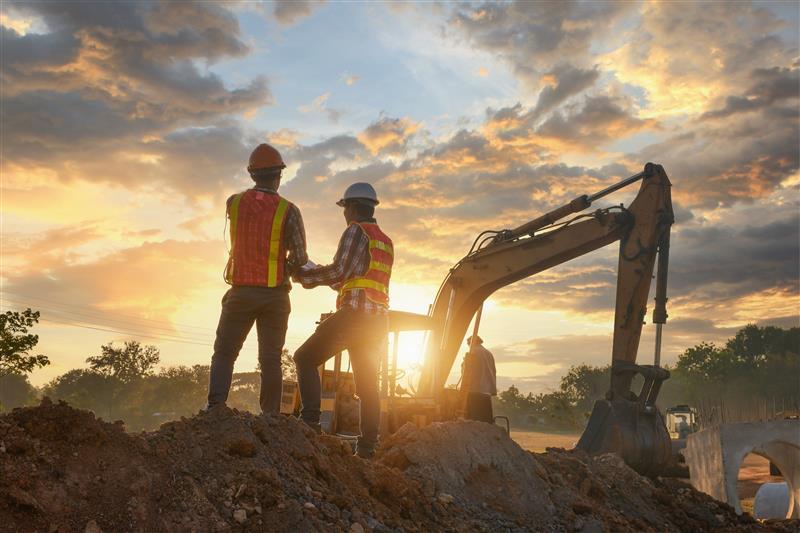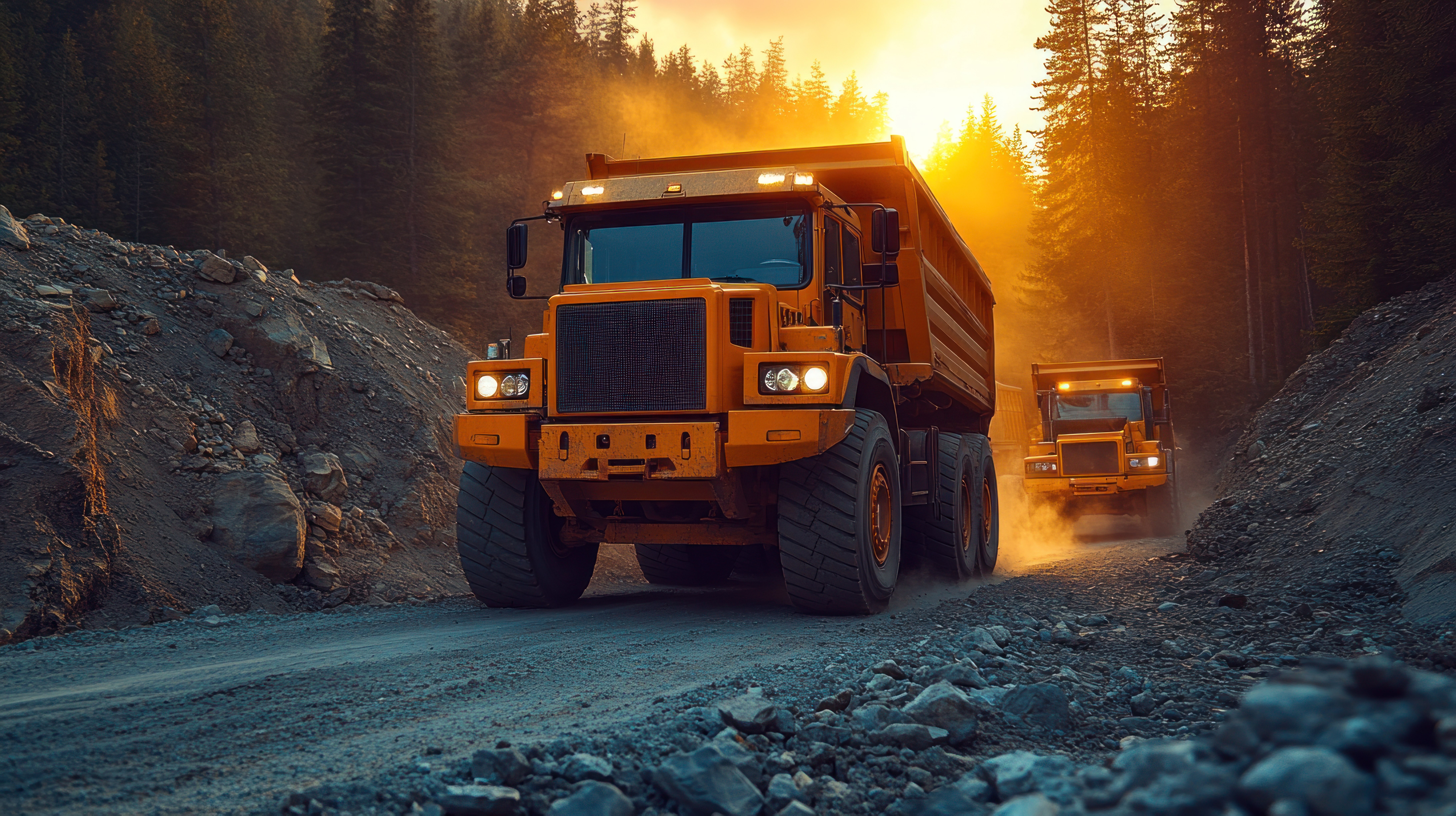Keeping Australia’s Mining Workforce Safe: The Critical Role of Bus Safety in Remote Transfers
Australia’s resource sector, which employs around 320,000 people, accounts for over 60% of our export revenue. As a key pillar of Australia’s...

Civil works and infrastructure projects are among the most demanding environments for heavy vehicles. Tight work zones, temporary roads, and changing access routes create conditions where even small errors can have serious consequences. The combination of reversing movements, limited visibility, and mixed public access means operators face heightened safety risks every day.
While councils and contractors maintain rigorous safety processes, the realities of these environments make risk control complex. Site layouts change, personnel rotate, and vehicles often operate within metres of other workers or road users. Reducing these risks requires more than procedural measures; it calls for systems that actively support driver awareness and prevent incidents before they occur.
On infrastructure projects, vehicles often need to manoeuvre in confined spaces with limited room to reverse or turn. Barriers, machinery, and uneven terrain restrict line of sight, while changing light and weather conditions make visibility even more challenging.
These factors significantly increase the likelihood of collisions with people, plant, or property. The danger extends beyond operators to vulnerable road users such as pedestrians and cyclists, who may be near access points or temporary roadways. Rollaway incidents also remain an ever-present concern. A vehicle that moves unexpectedly due to a brake not being applied can cause significant harm before anyone can react.
Reducing risk in civil works projects requires a layered approach. Traditional methods such as exclusion zones, spotters, and traffic management remain essential but depend heavily on human consistency. In complex or changing environments, technology provides an additional layer of assurance that supports safe operations in every situation.
MAX-SAFE’s technology suite offers critical control layers in precisely these higher-risk settings:
These systems are designed to integrate into both new and existing fleets, offering a consistent safeguard regardless of vehicle type or operating environment.
Technology is most effective when combined with a strong safety culture. Driver training, regular equipment checks, and ongoing review of incident data help ensure that systems deliver their full value. When operators understand how to interpret alerts and respond appropriately, the result is not only fewer incidents but a greater sense of confidence and accountability across teams.
For councils and contractors, adopting these measures demonstrates a proactive approach to safety management and compliance. More importantly, it supports the shared goal of protecting workers, communities, and project timelines from the disruption and trauma of preventable incidents.

Civil and infrastructure projects will always present dynamic, high-risk environments. Yet with modern detection and braking technology, many of the most serious risks can now be controlled.
By combining human diligence with intelligent safety systems, councils and contractors can create safer sites, reduce operational disruption, and ensure that every project delivers not only on its outcomes but also on its responsibility to protect people.

Australia’s resource sector, which employs around 320,000 people, accounts for over 60% of our export revenue. As a key pillar of Australia’s...

CLOCS-A now in force in NSW; Victoria underway One year after giving notice, Transport for NSW (TfNSW) now requires all heavy vehicle contractors...

The Brisbane 2032 Olympics will herald a construction boom across SE QLD. With that comes increased risks to Vulnerable Road Users. Will SE QLD...